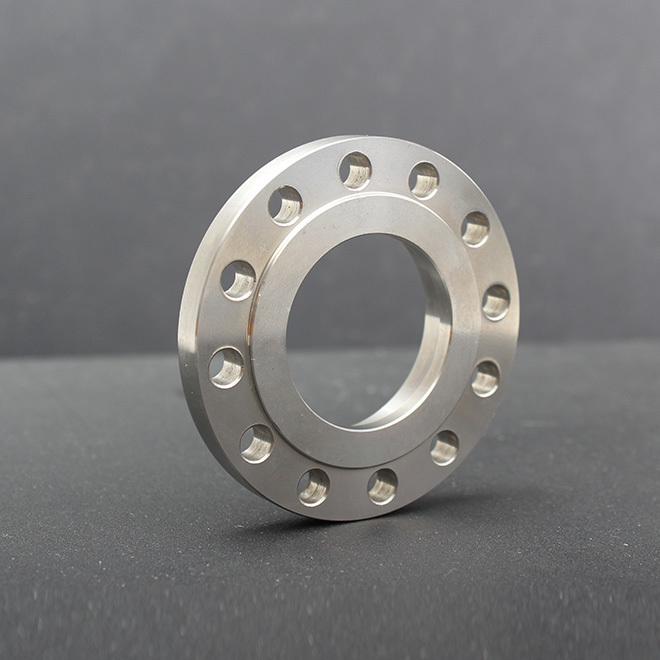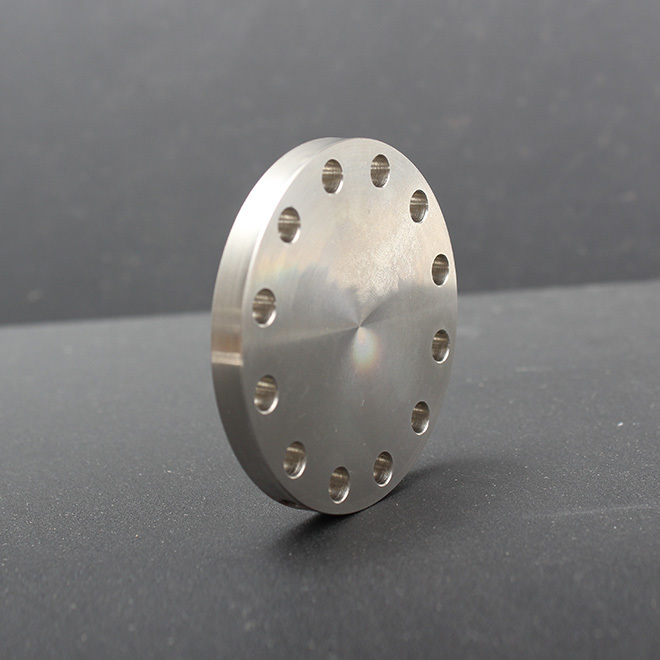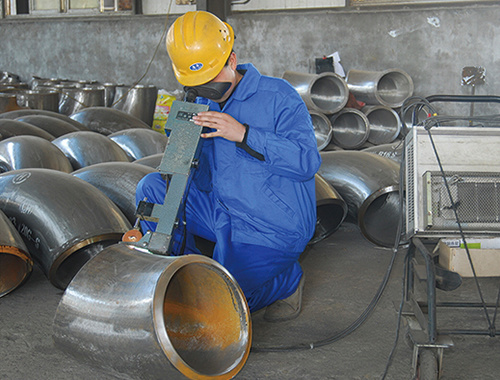Understanding Welding Neck Flanges: Essential Components in Piping Systems
2025-02-10
Welding neck flanges are an integral component in various piping systems, specifically designed to provide a strong and leak-proof connection between pipes, valves, and other equipment. Renowned for their superior strength and durability, welding neck flanges are commonly utilized in high-pressure and high-temperature applications, making them a preferred choice in industries such as construction,
Welding neck flanges are an integral component in various piping systems, specifically designed to provide a strong and leak-proof connection between pipes, valves, and other equipment. Renowned for their superior strength and durability, welding neck flanges are commonly utilized in high-pressure and high-temperature applications, making them a preferred choice in industries such as construction, manufacturing, and oil and gas.
The design of a welding neck flange features a long tapered neck that gradually transitions from the flange's thickness to the pipe wall. This unique shape assists in reducing stress concentration at the weld joint, thus promoting structural integrity. The long neck also facilitates easier alignment during installation, ensuring a more reliable and secure connection. The flanges are typically made from various materials, including stainless steel, carbon steel, and alloy materials, allowing them to withstand corrosion and extreme environmental conditions.
One of the standout features of welding neck flanges is their ability to maintain a robust seal under high pressures. When welded to the pipe, the flange creates a strong, permanent joint that is less likely to fail compared to other types of flanges, such as slip-on or threaded flanges. This makes welding neck flanges particularly suitable for applications demanding high reliability, such as pressure vessels, chemical processing plants, and power generation facilities.
Moreover, the installation process for welding neck flanges is straightforward for skilled professionals. Proper welding techniques must be employed to ensure a strong bond, which minimizes the risk of leaks. The flanges can be fitted to pipes of various diameters, making them versatile in applications ranging from large industrial systems to smaller construction projects.
In addition to their mechanical advantages, welding neck flanges also present a significant economic benefit. While their initial cost may be higher than other flange types, their durability and reliability can lead to lower maintenance and repair costs over time. This long-term value makes them a smart investment for industries where safety and performance are paramount.
When considering welding neck flanges for your projects, it's essential to assess the specific requirements of your system, including pressure ratings, temperature ranges, and material compatibility. Consulting with experienced professionals can help ensure you select the right flange type for your application, ultimately enhancing the overall performance of your piping systems.
In conclusion, welding neck flanges serve as a critical component in many industrial applications. Their robust design, ease of installation, and ability to withstand extreme conditions make them ideal for high-demand environments. Understanding the role and advantages of welding neck flanges can significantly improve decision-making and project outcomes in your industry.
The design of a welding neck flange features a long tapered neck that gradually transitions from the flange's thickness to the pipe wall. This unique shape assists in reducing stress concentration at the weld joint, thus promoting structural integrity. The long neck also facilitates easier alignment during installation, ensuring a more reliable and secure connection. The flanges are typically made from various materials, including stainless steel, carbon steel, and alloy materials, allowing them to withstand corrosion and extreme environmental conditions.
One of the standout features of welding neck flanges is their ability to maintain a robust seal under high pressures. When welded to the pipe, the flange creates a strong, permanent joint that is less likely to fail compared to other types of flanges, such as slip-on or threaded flanges. This makes welding neck flanges particularly suitable for applications demanding high reliability, such as pressure vessels, chemical processing plants, and power generation facilities.
Moreover, the installation process for welding neck flanges is straightforward for skilled professionals. Proper welding techniques must be employed to ensure a strong bond, which minimizes the risk of leaks. The flanges can be fitted to pipes of various diameters, making them versatile in applications ranging from large industrial systems to smaller construction projects.
In addition to their mechanical advantages, welding neck flanges also present a significant economic benefit. While their initial cost may be higher than other flange types, their durability and reliability can lead to lower maintenance and repair costs over time. This long-term value makes them a smart investment for industries where safety and performance are paramount.
When considering welding neck flanges for your projects, it's essential to assess the specific requirements of your system, including pressure ratings, temperature ranges, and material compatibility. Consulting with experienced professionals can help ensure you select the right flange type for your application, ultimately enhancing the overall performance of your piping systems.
In conclusion, welding neck flanges serve as a critical component in many industrial applications. Their robust design, ease of installation, and ability to withstand extreme conditions make them ideal for high-demand environments. Understanding the role and advantages of welding neck flanges can significantly improve decision-making and project outcomes in your industry.
welding neck flange
RELATED NEWS
Understanding JIS 5K Flanges: A Key Component in Construction and Decoration
In the construction and decoration materials industry, particularly in piping systems, the JIS 5K flange stands out as a crucial component. These flanges are manufactured according to the Japanese Industrial Standard (JIS), ensuring quality and reliability in various applications. Understanding the specifications and benefits of JIS 5K flanges is essential for professionals in this field.
JIS 5K f
2025-04-05
Essential Features of Carbon Steel Blind Flanges You Should Know
Essential Features of Carbon Steel Blind Flanges You Should Know
Table of Contents
1. Introduction to Carbon Steel Blind Flanges
2. What Are Blind Flanges?
3. Benefits of Carbon Steel Blind Flanges
4. Key Features of Carbon Steel Blind Flanges
5. Applications of Carbon Steel Blind Flanges
6. Proper Installation and Maintenance
7. Choosing the Right Blind Flange for You
2025-04-02
Understanding Butt Welding Pipe Fittings: A Comprehensive Guide
Butt welding pipe fittings are crucial components in piping systems, widely used in various industries, including construction and decorative materials. These fittings are designed to connect two pipes by welding their ends together, creating a strong and reliable joint. This method is particularly favored for its ability to maintain the integrity and flow characteristics of the pipeline, making i
2025-03-30





